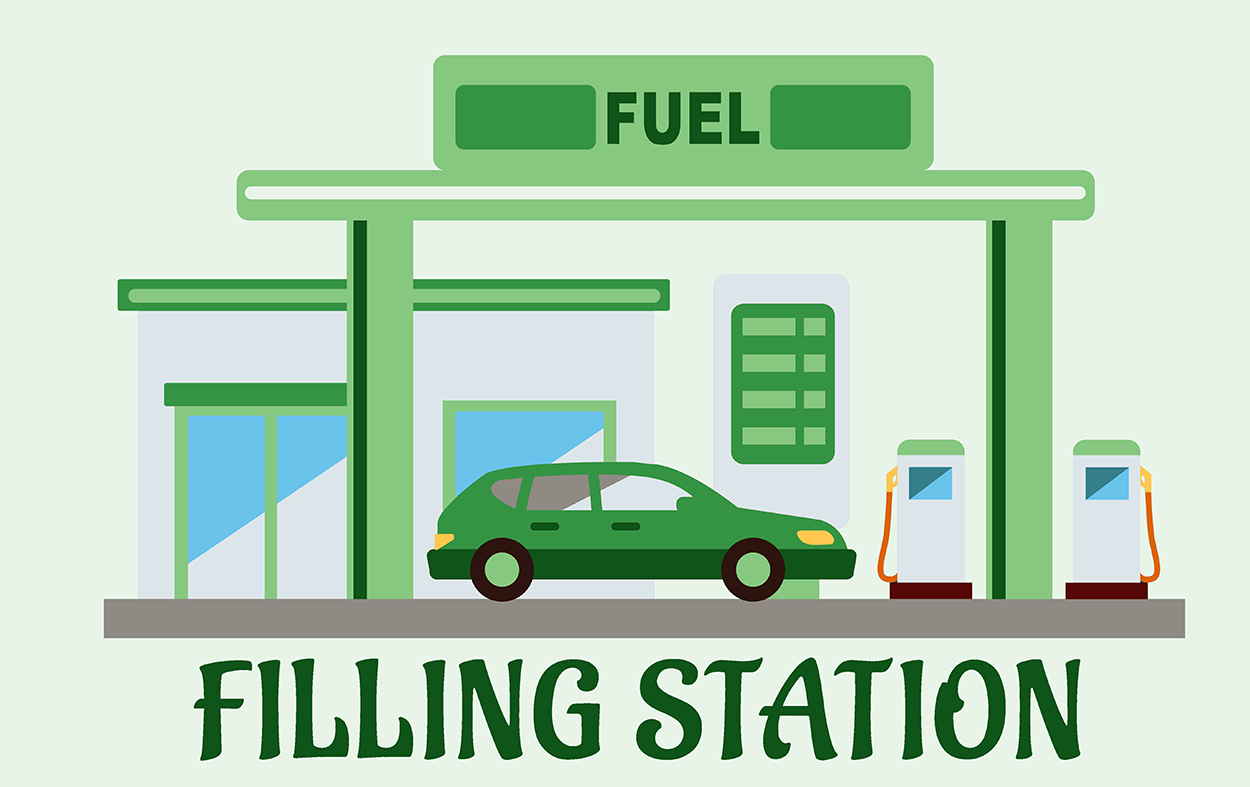This calculator will help you to determine any savings that might occur if you were to choose a transportation alternative (walking, biking, bus ride, etc.) to driving your car. You can either compute your savings for a one-time trip or for multiple reoccuring trips over any number of years. Plus, you can choose whether to compute the savings using the Gasoline Method (cost of gasoline only) or using the Mileage Method (average cost per mile to own, operate, maintain and insure your car. The default is 55 cents per mile which reflects the IRS's allowance for using your car for business purposes).
Enter the number of miles for the trip you are computing the savings for, enter any applicable trip costs, choose "One-time" or "Reoccuring", choose "Gasoline Method" or "Mileage Method" and click the "Compute Savings" button. Note that you are free to change any of the default values that appear -- which are only included to serve as an example of the entry format you are required to use.
Current Columbus Auto Loan Rates
We publish current Columbus auto loan rates for new & used vehicles. Car buyers can use these quotes to estimate competitive loan rates before dealing with an auto dealership in a negotation where the dealer has the upper hand and charges too high of an interest rate or tries to require unneeded extended warrany programs as a condition for extending funding.
Save on Family Trips and More

Staying on the road taxes family budgets, requiring ongoing payments toward car loans and other related expenses. The original purchase price of your vehicle represents a significant expense, but it is only the beginning in terms of what it actually costs to drive.
In addition to the original principal balance of your auto loan, signing up for financing also locks you in for interest obligations during repayment. Rates are tied to economic conditions and dealer incentives, providing low-rate loans for car-buyers. Your responsibility to repay stretches out over years, with interest and principal combined to comprise your total periodic payment. While most loans are structured for monthly payments, the pace of payback is accelerated when bi-weekly payments are made – an attractive money-saving option for some buyers.
Automobile insurance adds another layer to overall vehicle costs, required as protection against accidental damage to property and personal injury. While the expense is a burden, driving without insurance could lead to even costlier circumstances, should mishaps occur.
Licensing and registration fees add costs too, not to mention the sales tax attached to your original purchase. Whether paid to dealers or motor vehicle departments, these expenses add up and recur annually, adding to transportation costs for drivers. Once ownership and financing are established, staying on the road requires further spending.
Ongoing Operating Costs
Securing your vehicle purchase is only the beginning; ongoing spending is also required to keep yourself operating on roadways. Repairs, for example, furnish unanticipated budget-busting expenses for car-owners. Even routine replacement of auto parts designed to wear out adds to the cost of driving.
Maintenance, like oil changes and replacing tires periodically, are easier to budget for, but they still add to the cost of doing business on the road. And what about fuel? The cost of gasoline is directly tied to the amount of miles you drive, and the fuel efficiency of your vehicle. Improving miles per gallon ratings with a more fuel-friendly vehicle provides relief, but there are other ways to save on your overall transportation expenses too.
Transportation Alternatives
Modern consumers embrace their cars as symbolic expressions of freedom and entitlement, furnishing unfettered mobility and status upgrades. The ability to pick up and go at a moment's notice has become an ingrained feature in post-industrial society, but it does not always make the most sense when budgets are thin.
Using alternative transportation shaves large sums off your monthly travel bills, and the options are increasingly attractive for alternate modes of travel. Personal transportation calculator considers alternative travel scenarios, illuminating the actual costs and savings associated with riding bikes, using public transportation, and other creative transportation solutions.
Bike trails serve major metro areas, providing direct access to places of employment and other regularly visited destinations. Bikers who commute to work are subject only to the costs associated with bike purchases and perhaps storage, otherwise the manpower to stay mobile is cost-free.
Public transportation is another widely used money-saving tactic, requiring pennies on the dollar to get the same results as independent driving. Personal transportation calculator spells it out clearly, illustrating actual savings realized by taking a different approach.
 Transportation Savings Calculator
Transportation Savings Calculator